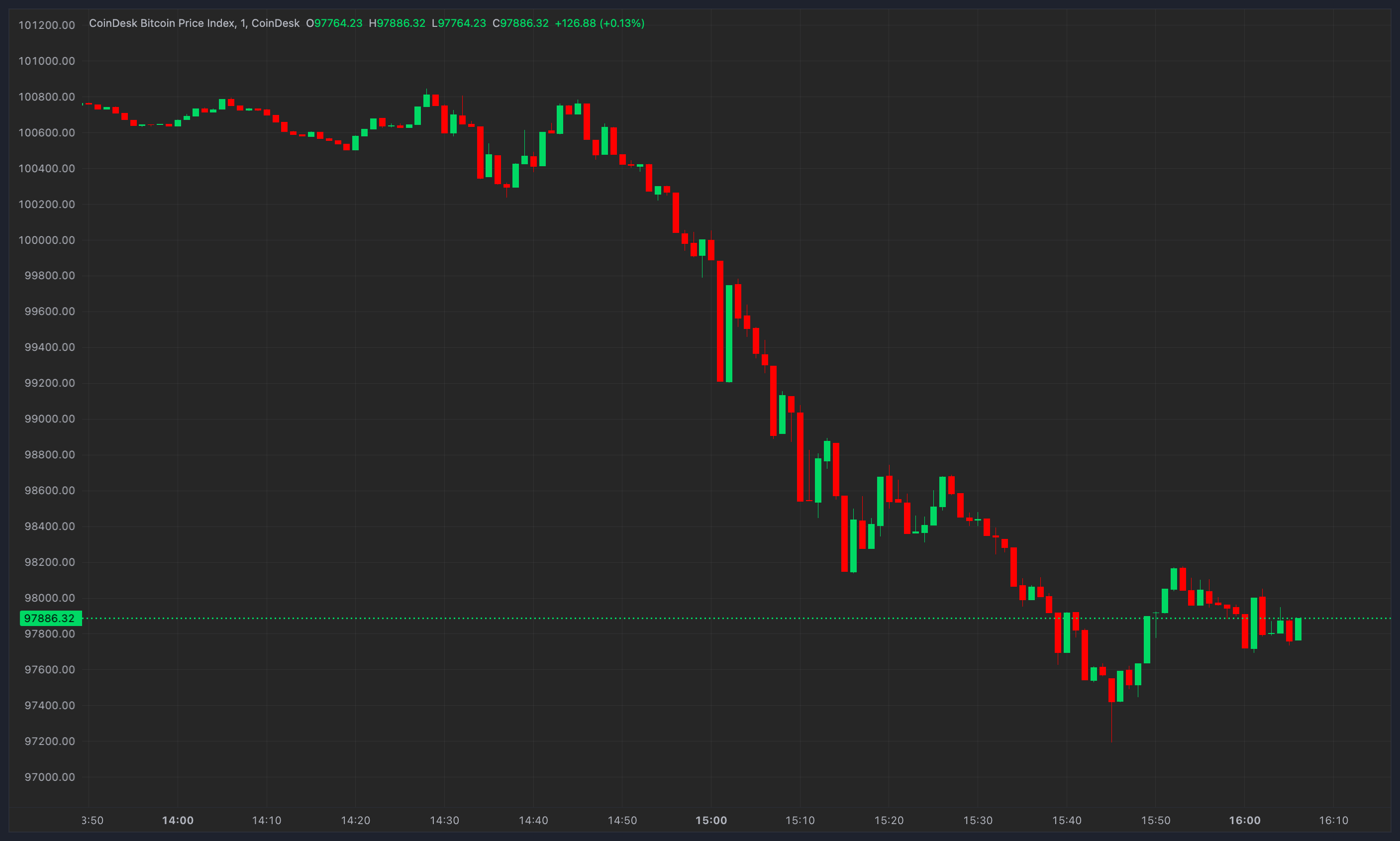
There’s no denying that the world is currently facing an unprecedented energy crisis, one that has compounded severely in the aftermath of the COVID-19 pandemic so much so that countries across the globe — especially across Europe and North America — are witnessing severe shortages and steep spikes in the price of oil, gas and electricity.
Limited gas supplies, in particular, stemming from the ongoing Russia-Ukraine conflict, have caused the price of essential commodities like fertilizer to shoot up dramatically. Not only that, but it has also resulted in the heightened use of coal and other natural resources. Coal consumption within Europe alone surged by 14% last year and is expected to rise by another 17% by the end of 2022.
To expound on the matter further, it is worth noting that European gas prices are now about 10 times higher than their average level over the past decade, reaching a record high of approximately $335 per megawatt-hour during late August.
Similarly, the United States Energy Information Administration’s recently published winter fuel outlook for 2022 suggests that the average cost of fuel for Americans will increase by a whopping 28% as compared to last year, rising up to a staggering $931.
With such eye-opening data out in the open, it is worth delving into the question of how this ongoing energy shortage can potentially affect the crypto sector and whether its adverse effects will recede anytime soon.
The experts weigh in on the matter
Matthijs de Vries, founder and chief technical officer for AllianceBlock — a blockchain firm bridging the gap between decentralized finance (DeFi) and traditional finance — told Cointelegraph that the global economy is in bad shape thanks to a multitude of factors including the power crisis, looming recession, surging inflation and rising geopolitical tensions. He added:
“These issues are interlinked, primarily in the way that capital flows in and out of impactful industries. The worse the macroeconomic climate, the lower the capital (liquidity) that flows in and out of the digital asset industry. This liquidity is what enables the incentivization mechanisms of blockchain to continue working. So, for miners, if there is a shortage of liquidity, this means fewer transactions for them to confirm, lesser fees and decreased incentives.”
Moreover, de Vries believes that rising energy costs could provide additional incentives for miners to move toward the validator ecosystem of Ethereum 2.0 that relies on a far more energy-efficient proof-of-stake (PoS) mechanism.
Recent: The Madeira Bitcoin adoption experiment takes flight
A somewhat similar sentiment is echoed by Yuriy Snigur, CEO of Extrachain — an infrastructure provider for distributed applications, blockchains and decentralized autonomous organization (DAO) platforms — who believes that the ongoing energy price surge will impact proof-of-work (PoW) blockchains the most.
“They are the most dependent on the energy sector. In my opinion, the value of a blockchain should not come from the meaningless burning of energy, which is why PoW is doomed eventually,” he noted.
Worsening macroeconomic climate will hurt crypto in near term
Nero Jay, founder of the crypto YouTube channel Dapp Centre, told Cointelegraph that the challenges being witnessed will continue to have an overall negative impact on the crypto market, as a result of which most investors will continue to look at this yet nascent sector as being speculative and risky, at least for the foreseeable future.
However, as a silver lining, he noted that the aforementioned challenges could serve as an opportunity for increased crypto adoption, especially as many countries like Venezuela, Turkey, Argentina, Zimbabwe and Sudan continue to be ravaged by hyperinflation and sanctions, which may give crypto assets more utility and use cases.
Lastly, Jay believes that the worsening energy situation could result in increased scrutiny of the mining sector, especially since proponents of the zero carbon emission campaign will now have more fuel to criticize the space.
“Many are questioning the impact that crypto mining may have on the environment. The great news is we are already seeing many cryptocurrency projects, including Ethereum, that are making their blockchain platforms very efficient and low carbon emission based,” he said.
Bitcoin’s price and its relationship with the energy market
From the outside looking in, increased energy prices will raise costs for miners, which in turn could force them to sell their held Bitcoin (BTC), thereby pushing down prices. Furthermore, heightened production can result in miners demanding higher prices to cover their daily operational costs and, in some cases, even forcing them to shut down their operations entirely or sell their equipment.
Also, even if miners continue to go out of business, the total volume of BTC being mined will remain the same. However, the block rewards will be distributed among fewer individuals. This suggests that miners who can stave off the bearish pressure induced by rising energy costs stand to make massive profits. Andrew Weiner, vice president for cryptocurrency exchange MEXC, told Cointelegraph:
“Electricity shortages can lead to higher electricity prices, raising the cost of Bitcoin mining substantially. In the event of a regional long-term power shortage, it will cause the migration of miners to other jurisdictions where relatively cheap electricity prices offer safety and stability.”
Hope still remains for a trend reversal
Weiner said that, while the energy crisis could put pressure on Bitcoin’s price, the poor lackluster state of the global economy could potentially counter this.
In Weiner’s view, the U.S. Federal Reserve’s monetary policy in the current global economic environment has had the most significant influence on the cryptocurrency market, adding:
“Beginning with the implementation of loose monetary policy by the Federal Reserve in 2020, institutions have digitally transformed their back-offices and accelerated their purchases of Bitcoin. When fiat depreciates, institutions adjust their strategy to allocate bitcoin as value-preserving assets.”
He further noted that the cryptocurrency market, especially Bitcoin, is becoming increasingly correlated with Nasdaq and the S&P 500, while its correlation with energy, oil and electricity will not be significant unless BTC mining becomes affected by a future global electricity shortage.
Moreover, the ongoing energy crisis can potentially trigger more government spending programs resulting the them “printing” more money to get themselves out of trouble. This can potentially result in a loss of confidence in fiat assets and more demand for digital currencies. This trend is not beyond the realm of possibilities since it is already being witnessed across several third-world nations and could even permeate into certain larger economies as well.
Recent: Ethereum at the center of centralization debate as SEC lays claim
Just a couple of months ago, inflation in the eurozone scaled up to an all-time high of 8.9%, a situation that was also witnessed in the United States, where inflation surged to a forty-year high of 8.5% back in August. And, while many individuals continue to be divided on the positive/negative impact of the stimulus packages on the global economy, the fear of increased inflation alone stands to raise the demand for cryptocurrencies.
Therefore, as we head into a future plagued by potential energy shortages and price surges, it will be interesting to see how the future of the digital asset market continues to play out, especially as rising geopolitical tensions and worsening market conditions continue to make matters worse.
Read More: cointelegraph.com









 Fact0rn
Fact0rn  Brett (ETH)
Brett (ETH)  ZBIT•BLUE•BITCOIN
ZBIT•BLUE•BITCOIN  U Coin
U Coin  tomiNet
tomiNet  00 Token
00 Token  Silly Dragon
Silly Dragon  BEAM
BEAM  Dogechain
Dogechain  Forward
Forward  Catana
Catana  Interest Compounding ETH Index
Interest Compounding ETH Index  Trust The Process
Trust The Process  Robonomics Network
Robonomics Network  AgriDex
AgriDex  Radiant
Radiant  Dyad
Dyad  Holdcoin
Holdcoin  Stride Staked Osmo
Stride Staked Osmo  X Community
X Community  Neroboss
Neroboss  Solanium
Solanium  Sharpe AI
Sharpe AI  Elonia Trump
Elonia Trump  Fuse
Fuse  Push Protocol
Push Protocol  PIP
PIP  Luminous
Luminous  Chain Games
Chain Games  Epik Prime
Epik Prime  Bitcoin on Base
Bitcoin on Base  MEMENTO•MORI (Runes)
MEMENTO•MORI (Runes)  Ben the Dog
Ben the Dog  ROACORE
ROACORE  FDREAM
FDREAM  Galaxia
Galaxia  Cult DAO
Cult DAO  KCC Bridged USDT (Kucoin Community Chain)
KCC Bridged USDT (Kucoin Community Chain)  TEH EPIK DUCK
TEH EPIK DUCK  BIDZ Coin
BIDZ Coin  Avarik Saga
Avarik Saga  GPU ai Rich
GPU ai Rich  LightLink
LightLink  Koi
Koi  Seal
Seal  Ispolink
Ispolink  EverValue Coin
EverValue Coin  Shark Cat
Shark Cat  Catcoin
Catcoin